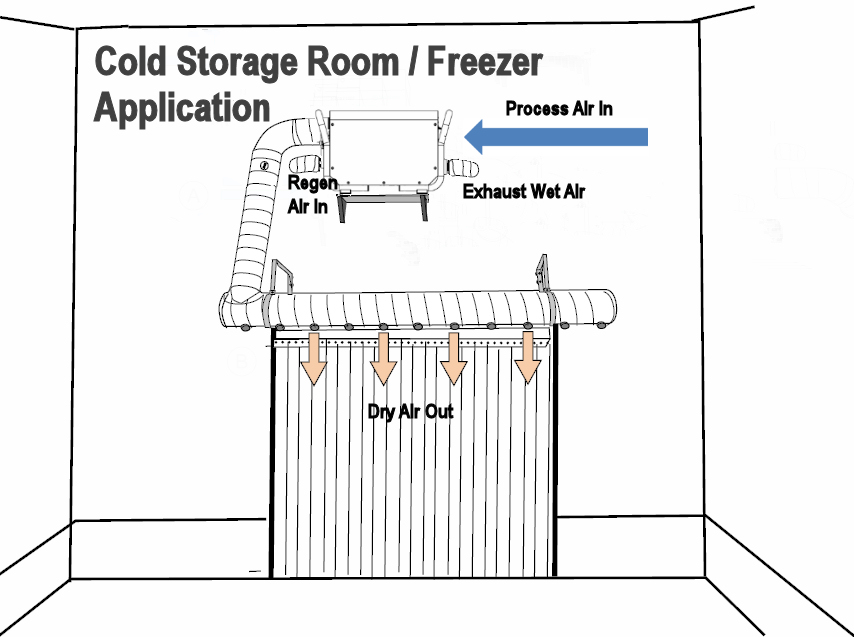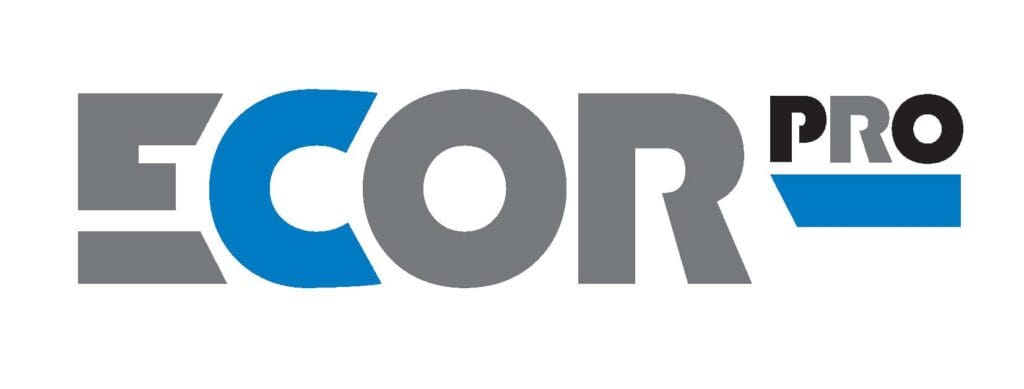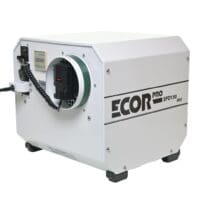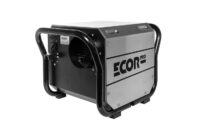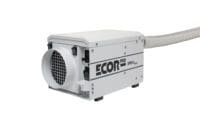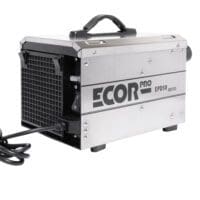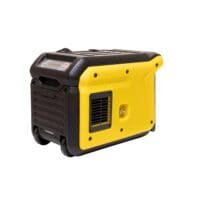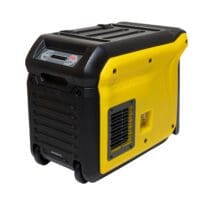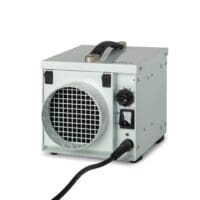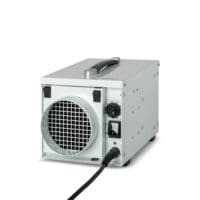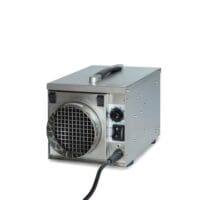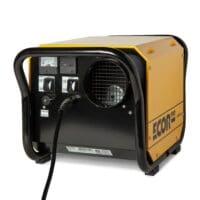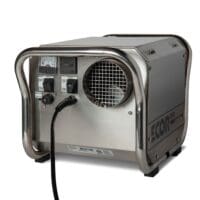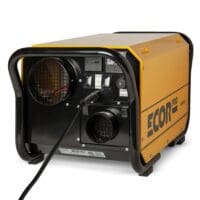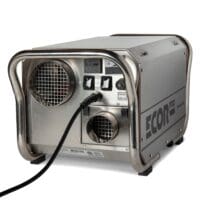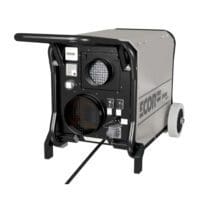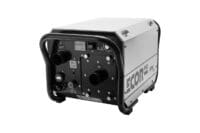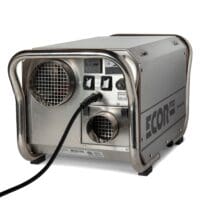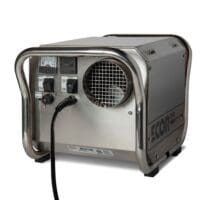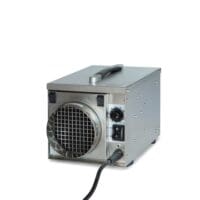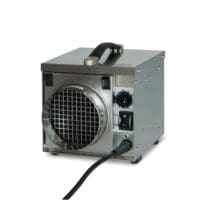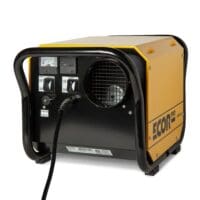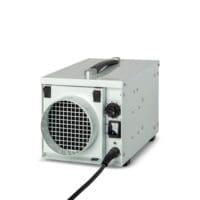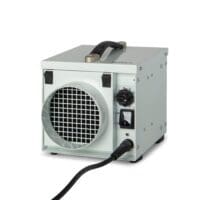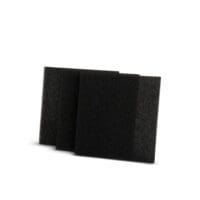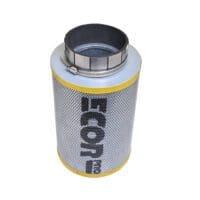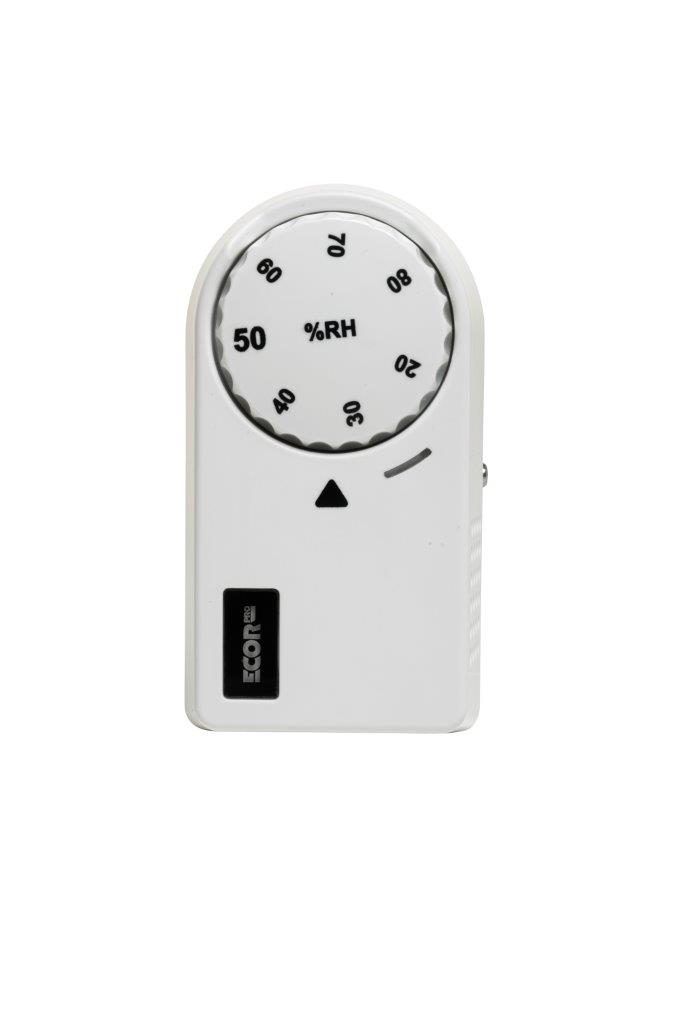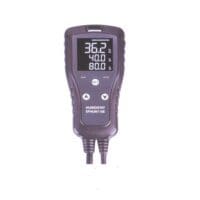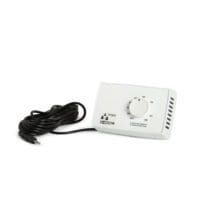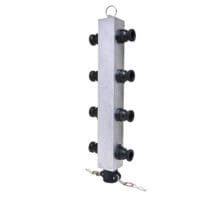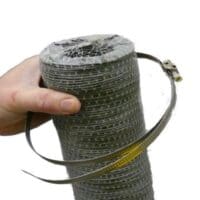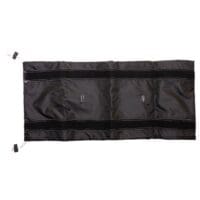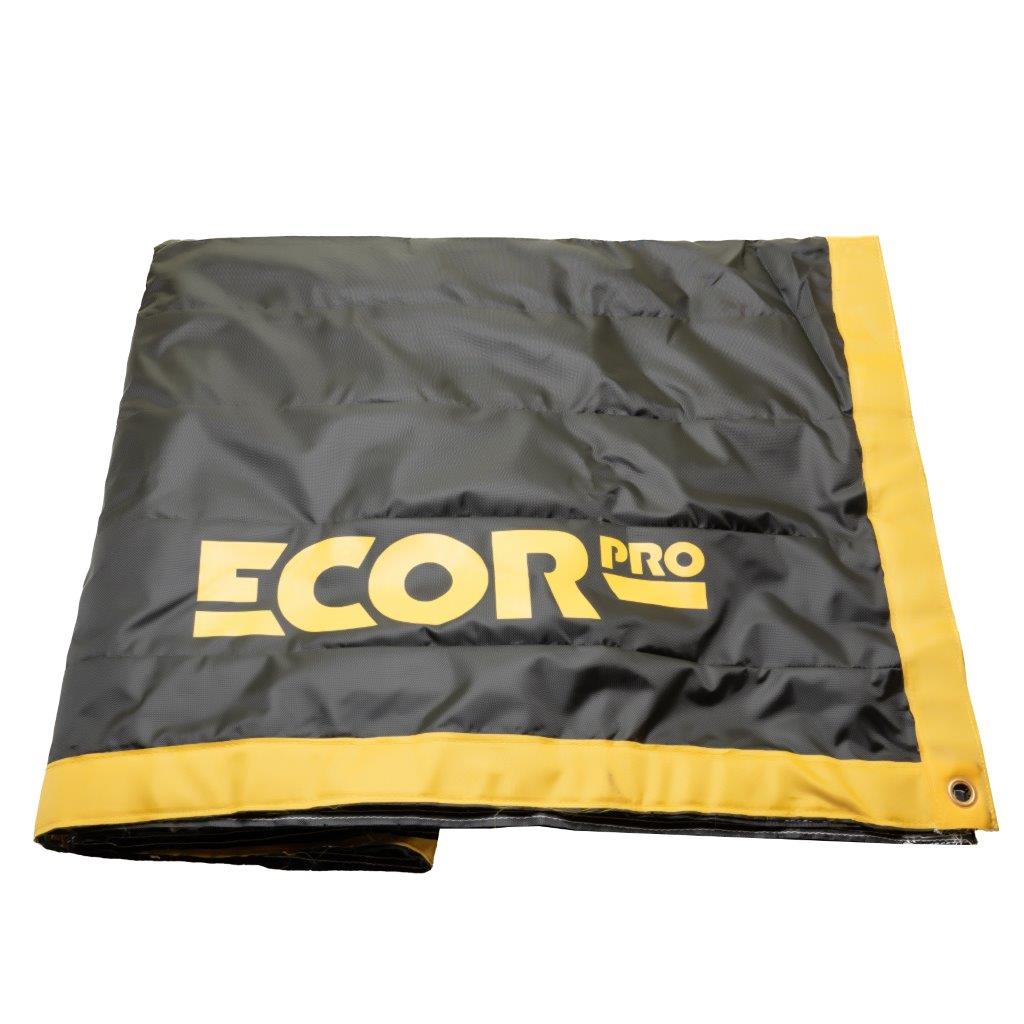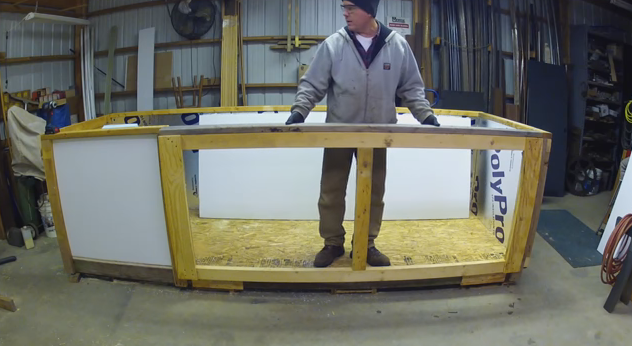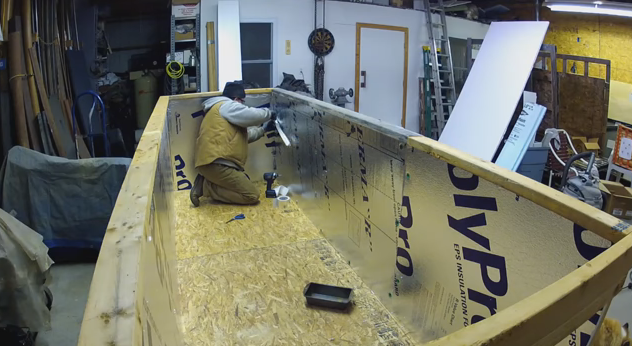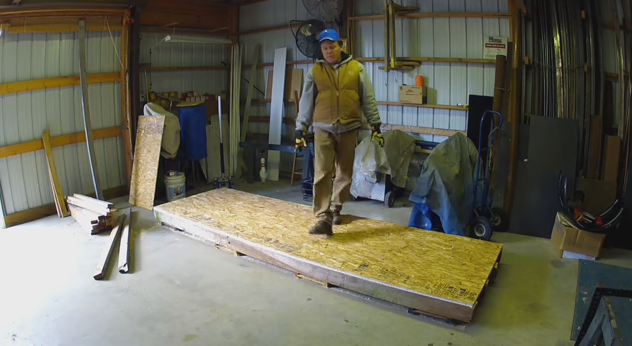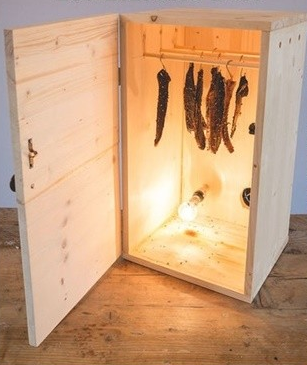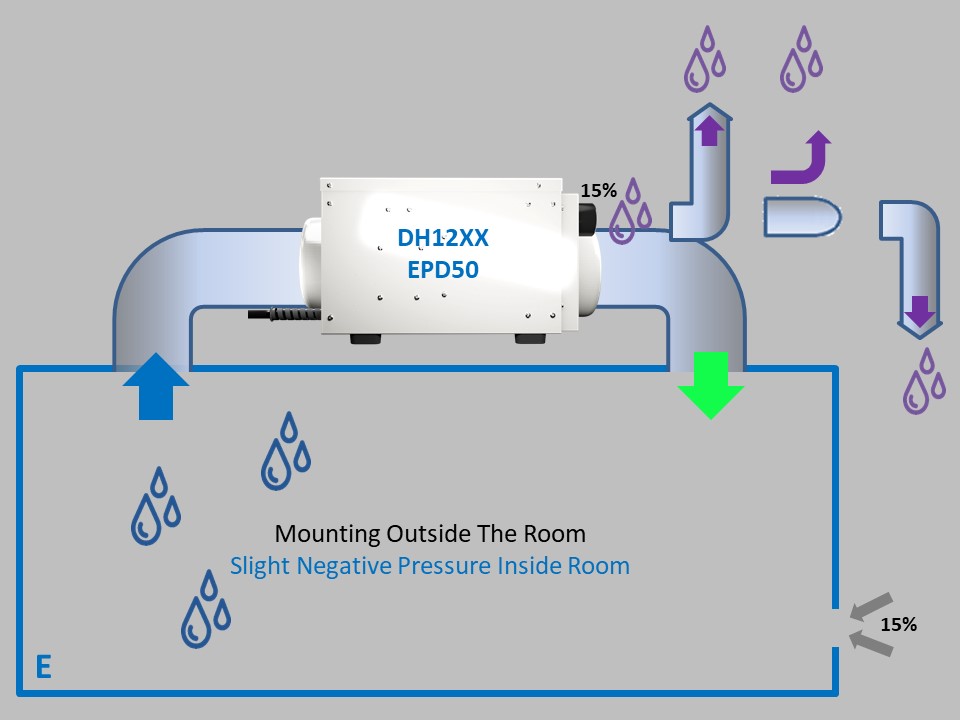Example of Applications
Often used in Museums to keep display items protected
What is a Drying Cabinet Used For?
Building a drying cabinet is easy with an Ecor Pro desiccant dehumidifier. Not only can they work at lower temperatures but also can be used for a range of drying applications. These include drying Wood, Meat Products or other Organic materials.
How Dry Can The Chamber Get?
As a rule of thumb the maximum dryness level a desiccant dehumidifier can reach with all matters considered is around 10-20% Relative Humidity. A compressor dehumidifier will only be able to work to around 45-55% humidity.
Can I Not Just Heat A Box Up?
It is true heat will dry. But heat will also damage. Heat make give a fast surface dryness but slower underneath the surface. This can cause problems with materials. The heat can be used from the dehumidifiers. We suggest to save energy and to quicken overall drying time to insulate any box.
- stainless steel often used with food stuffs
Easiest Sealed Cabinet Very Low Humidity REQUIRED
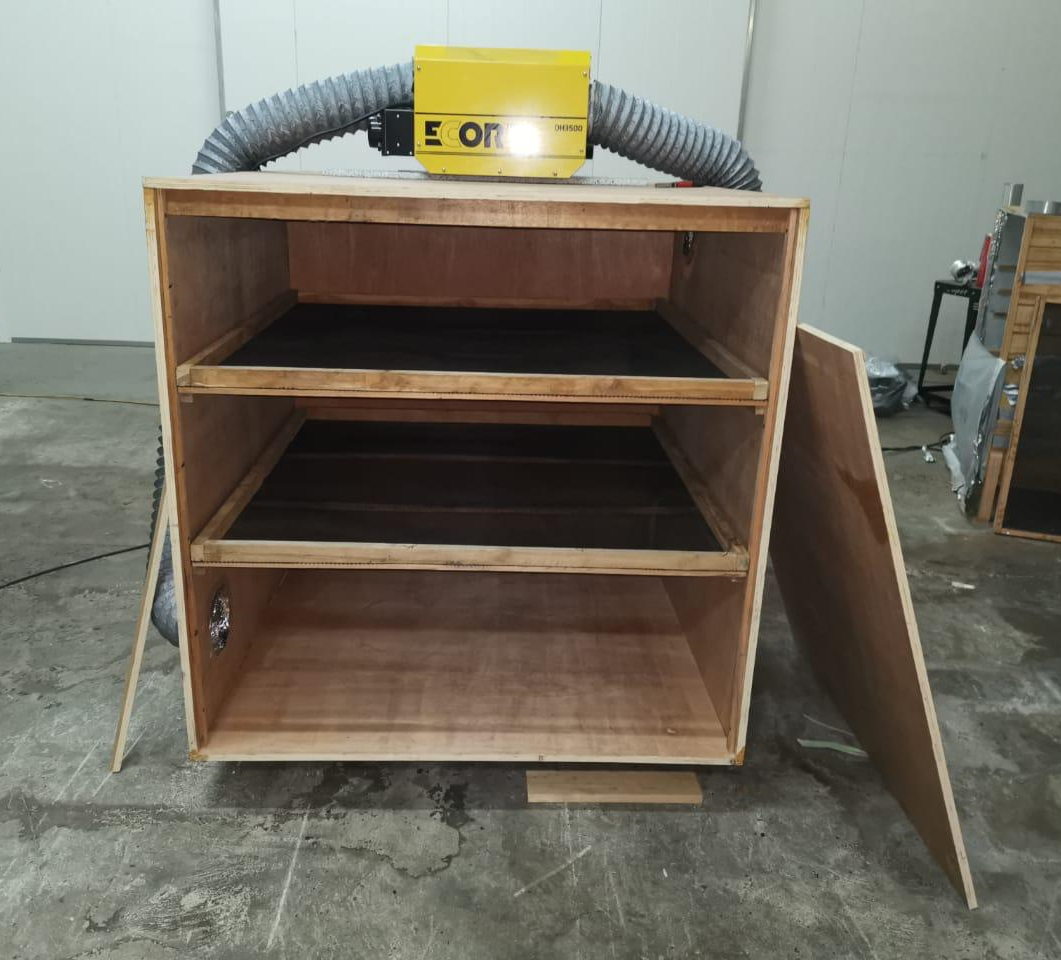
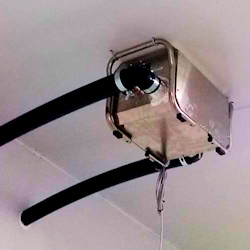
Keep It Air Tight
Ensure all edges are corners are sealed tape to prevent damp air from outside entering the chamber including seepage from the surrounding area. Seal and the lid as much as possible also ensuring a tight fit or close door fit if a cabinet version as below..
Hole Sizes
If the DH35XX / EPD200 is placed inside the cabinet then 2 x 80mm (3″) diameter holes will be needed to cope with the “regen air” or the air used to purge the DH3500 of moisture to the outside. If outside then 2 x 125mm (5″)
Keep Air Circulating
If the chamber is very compact with items ensure a free flow of air around the drying box
Can I use any other ecor pro desiccant?
Other Ecor Pro Dehumidifiers.
You can use any other Ecor Pro desiccant dehumidifier from our range. “Four hole systems” are most efficient, get to lower humidity levels but others in our range all work on a “Three Hole” principle. In that situation the regen hole would still be needed in the casing to allow some outside air into the cabinet. This may be preferred in some situations.
Not having a regen vent hole will mean the dehumidifier will not work
Right size of cabinet
EPD30/ DH8001 to 4cubic meters / 9cft to 35cft
EPD50/ DH1200 1 to 6cubic meters / 9cft to 55cft
EPD150 / DH2500 1 to 18 cubic meters / 9cft to 160 cft
EPD200 / DH3500 1 to 24 cubic meters / 9cft to 320 cft
Note drying cabinets generally need a compound effect to bring materials to a low relative humidity in a relatively short time. It does not reflect the capacity of the dehumidifiers to reduce humidity in say a building where more time is given to the drying process
Typical Wood Drying Cabinets 3/4m x 1m x 1m – DH35XX / EPD200 most ideal.
Meat processing cabinets typically 3m x 2m x 2m / 9ft x 4ft x 4ft – DH35XX INOX / EPD200-PRO is most ideal.
Clothes drying typically a wardrobe size 1.5m x 0.5m x 1.5m – DH8XX / EPD30 or DH12XX / EPD 50 most suitable
Time to dry with depend not only on the moisture content but also the ability of the material being dried to give up that moisture to the air.
USING THE DH12XX / EPD50
A simply diagram of the home installation but is also used. In this configuration drying a home the 15% of air used to purge the system of water doesn’t matter as homes are rarely air tight and leak a lot of air. However, Regen Air does matter if you are trying to dry a sealed box. The easiest way is to make a vent hole in the side of the drying cabinet to allow fresh air in. Not having a vent will mean the dehumidifier will not dry. In this configuration the majority of the heat is vented through the exhaust. If heat needs to be retained then the exhaust can be routed back through the cabinet to allow heat to radiate from the exhaust. However, in that scenario care will need to be taken with any condensate produced.
.
Of course a neutral pressure is needed for an area that is sealed such as a walk in freezer. The DH3500 INOX / EPD200 PRO is often used in smaller walk in chill rooms. This helps to stop ice building on the floor and a slipping hazard. It also helps preserve the food longer and puts less load on the refrigeration system saving energy costs. To see more see here.
